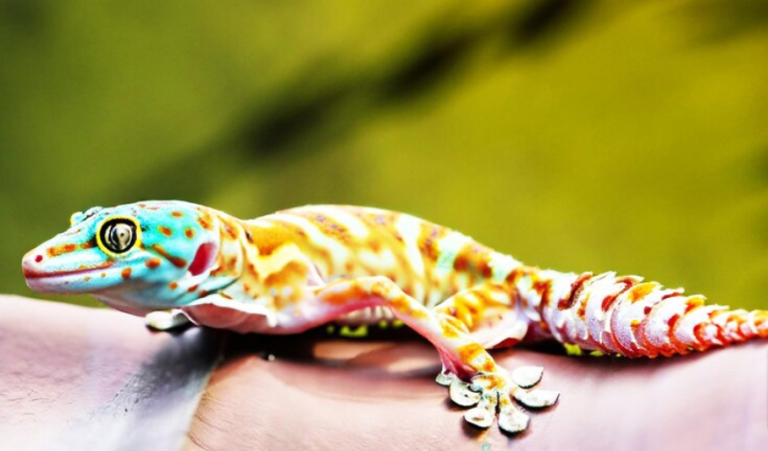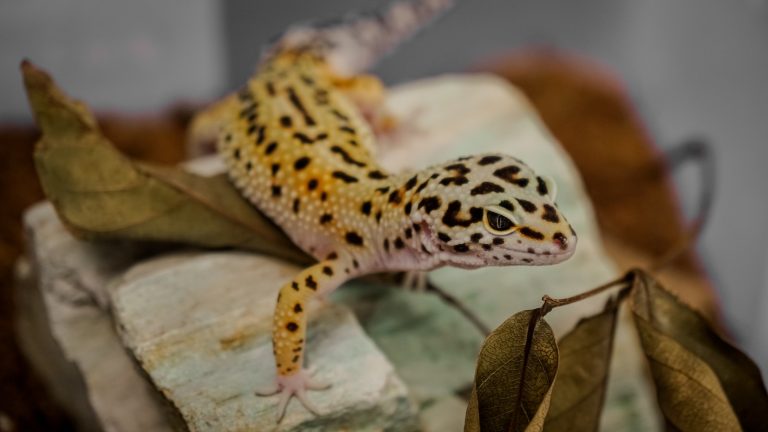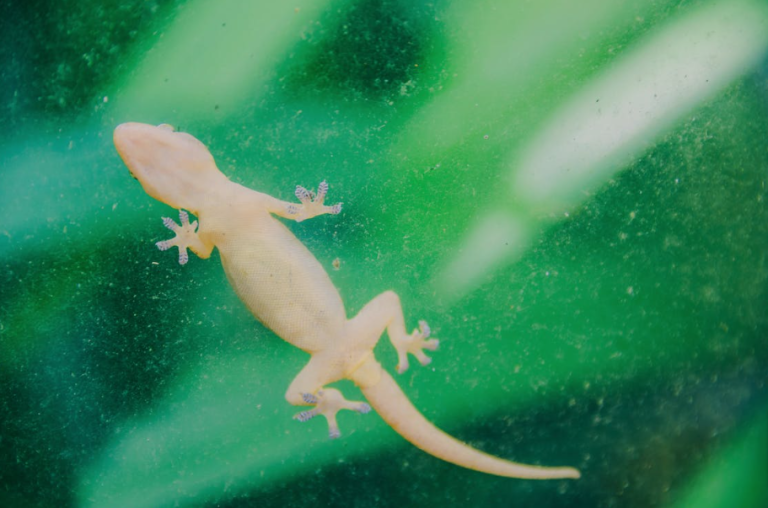Leopard geckos, scientifically known as Eublepharis macularius, are captivating creatures that have become popular pets for reptile enthusiasts. Understanding their size and age chart is crucial for providing the best care and ensuring their well-being. In this comprehensive guide, we will delve into every aspect of Leopard Gecko Size and Age Chart, offering valuable insights based on expertise and trusted sources.
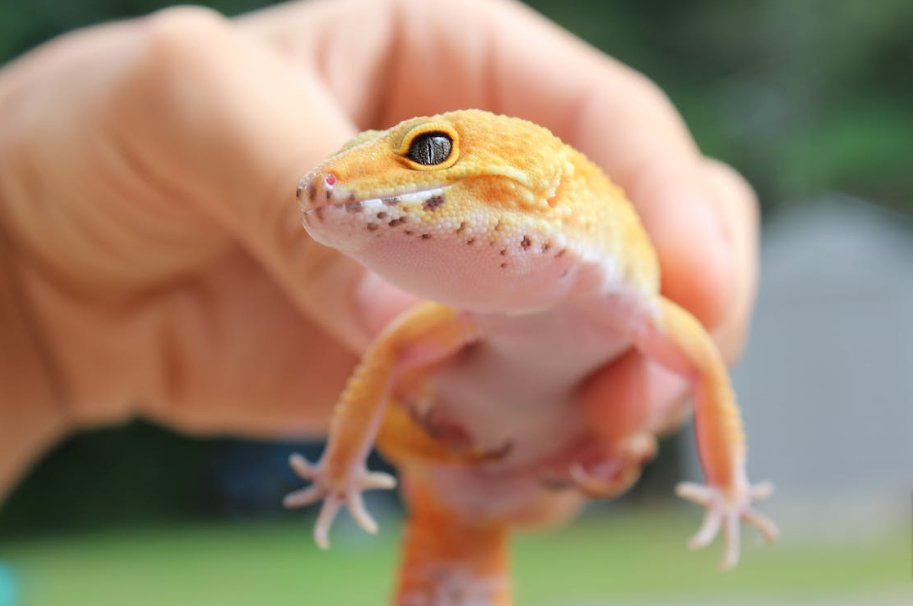
Leopard Gecko Size Age Chart: A Comprehensive Guide
Leopard geckos, known for their distinctive spotted patterns and docile nature, make fantastic pets. To provide them with the best care, it’s essential to understand their size and age chart comprehensively.
The Growth Journey
Leopard geckos, like many reptiles, undergo significant growth throughout their lives. Here’s a breakdown of their growth stages:
Hatchlings (0-2 months)
- At this stage, leopard geckos are tiny, measuring around 2-3 inches in length.
- They exhibit vibrant colors and patterns, which may intensify as they grow.
- Adequate warmth and nutrition are critical for their development.
Juveniles (3-6 months)
- During this period, leopard geckos experience rapid growth.
- Their size can increase to about 4-6 inches.
- Proper feeding with a diet rich in calcium is vital for strong bones.
Sub-Adults (7-12 months)
- Sub-adult leopard geckos reach a size of 6-8 inches.
- Their colors become more vibrant and defined.
- Provide a spacious habitat with hiding spots.
Adults (1 year and older)
- Fully grown leopard geckos generally measure 8-10 inches.
- Their growth stabilizes, and their colors are at their most vibrant.
- Maintain a balanced diet and suitable enclosure.

Lifespan and Aging
Understanding the lifespan of leopard geckos is essential for long-term care:
Lifespan
- Leopard geckos typically live for 15-20 years in captivity when well cared for.
- Providing a stress-free environment and proper nutrition can extend their lifespan.
Signs of Aging
- As leopard geckos age, they may show reduced activity.
- Their skin may develop wrinkles, and their eyes might appear cloudy.
- Regular veterinary check-ups are crucial for detecting age-related issues.
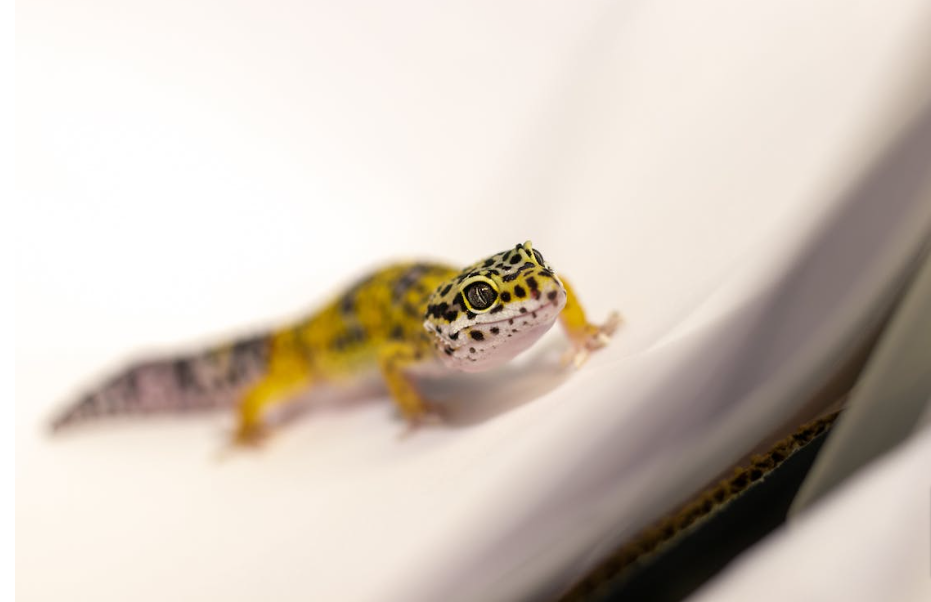
Leopard Gecko Size: Frequently Asked Questions
What is the ideal temperature for leopard geckos?
Maintain a temperature gradient in their enclosure, with a warm side around 90°F (32°C) and a cooler side around 70°F (21°C).
Can leopard geckos change their color?
Yes, leopard geckos can change their color slightly based on factors like temperature and mood.
How often should I feed my leopard gecko?
Feed juvenile geckos daily and adults every other day, offering appropriately sized insects.
Do leopard geckos need UVB lighting?
Leopard geckos do not require UVB lighting, but providing it can benefit their overall health.
Can leopard geckos be kept together?
It’s best to house leopard geckos individually to prevent territorial disputes and stress.
Are leopard geckos good for beginners?
Yes, their docile nature makes them suitable for novice reptile keepers.
Conclusion
In this comprehensive guide, we’ve explored the Leopard Gecko Size Age Chart: A Comprehensive Guide. By understanding their growth stages, lifespan, and essential care tips, you can provide a happy and healthy life for your leopard gecko. Remember, proper care and attention are the keys to ensuring these remarkable reptiles thrive in captivity.



